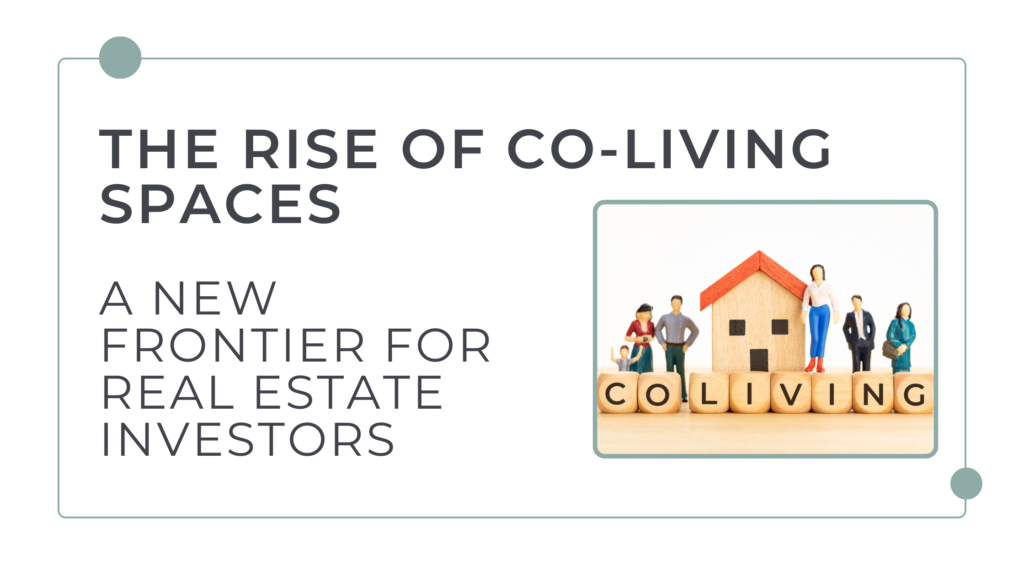As urbanization accelerates and younger demographics shift their living preferences, co-living spaces are emerging as a revolutionary trend in real estate investment. These shared living environments offer a unique blend of community and affordability, making them particularly appealing to millennials and Gen Z. This detailed guide explores the growth of co-living spaces in major cities, their investment potential, and operational considerations, providing investors with insights on how to navigate this burgeoning market.
Market Overview: Growth of Co-Living Spaces in Urban Centers
The co-living market has seen substantial growth in urban areas, driven by the increasing cost of living and a cultural shift towards more communal lifestyles. Major cities across the United States are experiencing a surge in co-living developments that cater to young professionals who value flexibility, community, and affordability. In 2024, the co-living sector is projected to expand further, fueled by technological integration and evolving consumer preferences .
Investment Benefits: High Yields and Occupancy Rates
Co-living spaces often offer higher yields compared to traditional rentals due to their ability to house more tenants per square foot and their appeal to cost-conscious renters. These properties typically enjoy high occupancy rates owing to their affordability and community-centric amenities, which are highly valued by younger tenants. The shared spaces not only reduce living costs but also create dynamic social environments that are attractive to residents, ensuring consistent demand .
Operational Considerations: Managing Co-Living Spaces
Successfully managing co-living spaces requires a focus on community building and the provision of shared amenities that enhance the living experience. Operators need to actively manage tenant relations and community dynamics to prevent conflicts and ensure a harmonious living environment. Effective management also involves utilizing technology to streamline operations, from automated rent payments to community engagement platforms that facilitate interactions among residents .
Legal and Regulatory Challenges
Investing in co-living spaces involves navigating a complex regulatory landscape. Zoning laws, licensing requirements, and local regulations can significantly impact the operation of co-living facilities. Investors must be well-versed in the specific legal conditions of their target markets and may need to work closely with legal experts to ensure compliance. Additionally, the evolving nature of co-living can lead to regulatory uncertainties, which require proactive legal strategies .
Future Prospects: Sustainability of Co-Living as a Long-Term Investment
The sustainability of co-living as a long-term investment strategy looks promising, given the ongoing demographic and cultural trends favoring more communal and flexible living arrangements. As the workforce becomes increasingly mobile and remote work policies become more prevalent, co-living spaces are expected to remain in high demand. However, investors should continuously monitor market conditions and tenant preferences to adapt their strategies accordingly .
Conclusion
Co-living represents a dynamic segment of the real estate market that responds to the changing preferences of an increasingly urban and young population. By offering a blend of affordability, community, and flexibility, co-living spaces not only fulfill a growing housing need but also provide real estate investors with opportunities to capitalize on high yields and stable occupancy rates.
For investors eager to explore the potential of co-living spaces or to expand their real estate portfolios, Ridge Lending Group offers expert advice and tailored financing solutions. Visit RidgeLendingGroup.com or call us at 1-855-747-4343 to start your application and tap into new investment opportunities in this exciting and evolving market.


